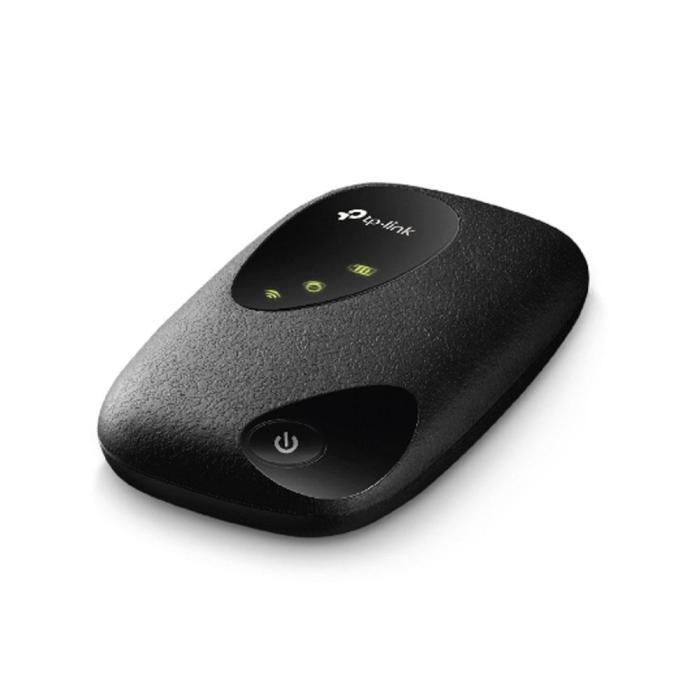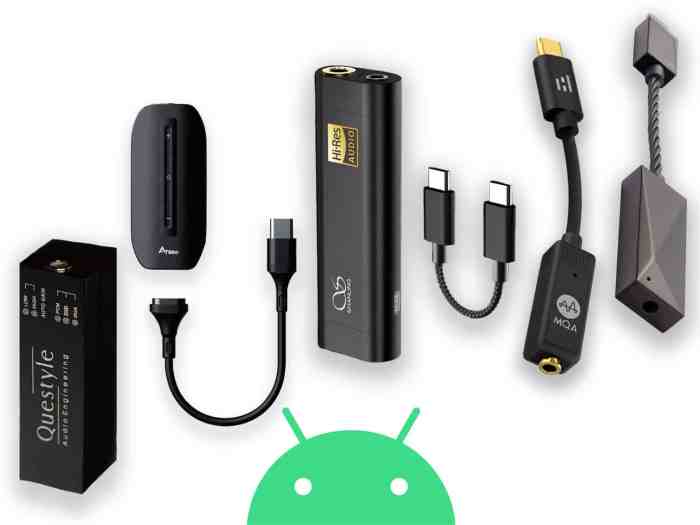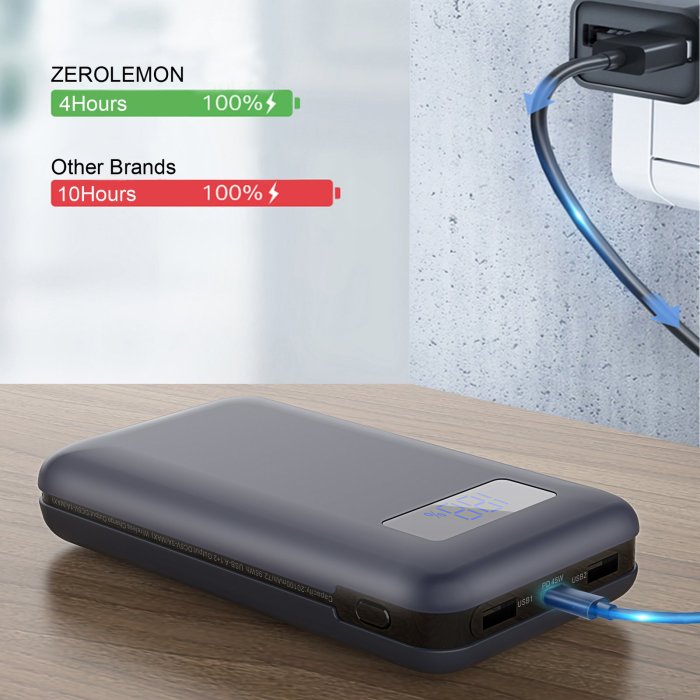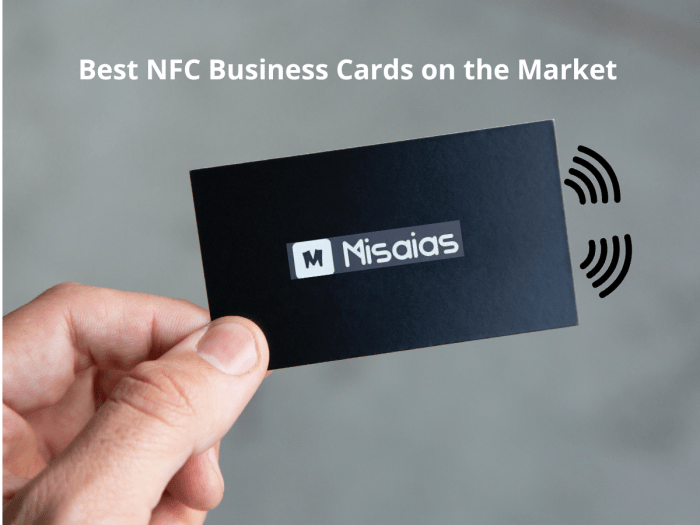In the realm of wireless connectivity, phone dongles stand out as unsung heroes, enabling us to seamlessly connect our devices to the internet. From exploring their purpose and functionality to understanding the nuances of security and troubleshooting, this comprehensive guide delves into the world of phone dongles, empowering you to make informed decisions and maximize your mobile connectivity.
Phone dongles, small yet mighty devices, bridge the gap between your devices and the internet, allowing you to access data, browse the web, and stay connected on the go. Whether you’re a frequent traveler, a remote worker, or simply seeking a reliable internet connection, phone dongles offer a convenient and portable solution.
Phone Dongle Overview

A phone dongle is a small device that connects to a mobile phone or tablet and provides additional functionality. Dongles can be used to add features such as mobile broadband, GPS, or wireless printing to a device. They are typically small and portable, making them easy to carry around.
There are two main types of phone dongles: hardware dongles and software dongles. Hardware dongles are physical devices that connect to the phone’s USB port or other physical interface. Software dongles are applications that are installed on the phone and provide the same functionality as a hardware dongle.
Phone dongles can be used for a variety of purposes, including:
- Adding mobile broadband to a phone or tablet
- Providing GPS functionality to a phone or tablet
- Enabling wireless printing from a phone or tablet
- Adding other features to a phone or tablet, such as a barcode scanner or a credit card reader
Features and Specifications: Phone Dongle

When selecting a phone dongle, it is crucial to consider its key features and specifications to ensure it meets your specific requirements. The following are some important aspects to evaluate:
Connectivity Options
Phone dongles offer various connectivity options to suit different devices and network preferences. The most common types include:
- USB Dongles:These dongles connect to a computer or laptop via a USB port, providing internet access. They are compact and easy to carry.
- Bluetooth Dongles:These dongles enable wireless connectivity by connecting to a Bluetooth-enabled device. They are suitable for mobile phones, tablets, and other portable devices.
- Wi-Fi Dongles:These dongles provide internet access through a Wi-Fi network. They are often used in areas where wired connections are unavailable or inconvenient.
Performance Factors
The performance of a phone dongle is influenced by several factors:
- Speed:The speed of a dongle determines the rate at which data is transmitted and received. It is typically measured in megabits per second (Mbps) or gigabits per second (Gbps).
- Range:The range of a dongle refers to the distance over which it can maintain a stable connection. This is particularly important for Wi-Fi dongles used in large areas or with multiple devices.
Security Considerations

Using a phone dongle introduces potential security risks that require attention. These risks can be mitigated by implementing appropriate measures to safeguard personal and sensitive information.
It is crucial to use strong passwords and update software regularly to protect against unauthorized access. Additionally, choosing reputable dongle manufacturers with a proven track record of security measures is essential to minimize the risk of vulnerabilities.
Password Security
- Create strong passwords with a combination of upper and lowercase letters, numbers, and symbols.
- Avoid using easily guessable passwords or personal information.
- Change passwords regularly to prevent unauthorized access.
Software Updates
Software updates often include security patches that address vulnerabilities. It is important to install these updates promptly to protect against known threats.
Reputable Manufacturers
Choosing reputable dongle manufacturers is essential for security. Look for companies with a proven track record of implementing robust security measures and providing ongoing support.
Troubleshooting Common Issues

Phone dongles are generally reliable devices, but they can sometimes encounter problems. Here are some common issues that users may experience and steps on how to troubleshoot them:
If you are experiencing any issues with your phone dongle, you can try the following troubleshooting steps:
Connection Problems
- Check if the dongle is properly plugged into the phone or computer.
- Try using a different USB port.
- Restart your phone or computer.
- Update the drivers for your dongle.
No Internet Connection
- Make sure that your phone or computer is connected to a Wi-Fi network or cellular data.
- Check if the dongle is connected to the internet by visiting a website or running a speed test.
- Restart your phone or computer.
- Contact your internet service provider (ISP) to check if there are any outages in your area.
Slow Internet Speed
- Check the signal strength of your Wi-Fi network or cellular data connection.
- Try moving your phone or computer closer to the Wi-Fi router or cellular tower.
- Close any unnecessary apps or programs that may be using up bandwidth.
- Contact your ISP to check if there are any issues with your internet connection.
Security Concerns
- Only use dongles from reputable manufacturers.
- Keep your dongle’s firmware up to date.
- Use a strong password to protect your Wi-Fi network.
- Be cautious of phishing scams that may try to trick you into giving up your personal information.
If you are still experiencing problems with your phone dongle, you can contact customer support for assistance.
Comparison of Phone Dongles

Phone dongles provide a convenient way to connect your phone to a larger screen, such as a TV or monitor. However, there are many different phone dongles on the market, so it’s important to compare their features and specifications before you buy one.
The following table compares some of the most popular phone dongles on the market. The table includes information on the dongle’s features, specifications, and price.
| Dongle | Features | Specifications | Price |
|---|---|---|---|
| Google Chromecast | – Supports 4K HDR video
|
– HDMI 2.0
|
$49.99 |
| Amazon Fire TV Stick 4K | – Supports 4K HDR video
|
– HDMI 2.0
|
$49.99 |
| Roku Streaming Stick+ | – Supports 4K HDR video
|
– HDMI 2.0
|
$49.99 |
| Apple TV 4K | – Supports 4K HDR video
|
– HDMI 2.0
|
$179.99 |
Pros and Cons of Each Dongle
The Google Chromecast is a great option for those who want a simple and affordable way to cast content from their phone to their TV. It’s easy to use and supports a wide range of devices.
The Amazon Fire TV Stick 4K is a good choice for those who want a more feature-rich dongle. It has a built-in Alexa voice assistant and access to a wide range of streaming services.
The Roku Streaming Stick+ is another great option for those who want a dongle with a lot of features. It has a built-in Roku OS and access to a wide range of streaming services.
The Apple TV 4K is the most expensive dongle on the market, but it also offers the most features. It has a built-in Siri voice assistant and access to a wide range of streaming services, including Apple TV+.
Recommendations for Different Use Cases, Phone dongle
If you’re looking for a simple and affordable way to cast content from your phone to your TV, the Google Chromecast is a great option.
If you want a more feature-rich dongle with a built-in voice assistant, the Amazon Fire TV Stick 4K or the Roku Streaming Stick+ are both good options.
If you’re looking for the most feature-rich dongle on the market, the Apple TV 4K is the best option.
Alternative Solutions

While phone dongles offer a convenient way to connect to the internet, there are alternative methods that may be more suitable in certain situations. These alternatives offer their own advantages and disadvantages, and understanding them can help you make an informed decision about the best way to connect to the internet.
Here are some common alternative solutions for connecting to the internet without using a phone dongle:
Wi-Fi
Wi-Fi is a wireless technology that allows devices to connect to the internet through a wireless router. Wi-Fi networks are widely available in homes, offices, public spaces, and even on public transportation. Connecting to a Wi-Fi network is generally faster and more reliable than using a phone dongle, and it does not require a separate data plan.
However, Wi-Fi networks can be insecure, and they may not be available in all locations. Additionally, connecting to a public Wi-Fi network can pose security risks, as hackers may be able to intercept your data.
Ethernet
Ethernet is a wired technology that allows devices to connect to the internet through a physical cable. Ethernet connections are generally faster and more reliable than Wi-Fi, and they are not susceptible to the same security risks. However, Ethernet connections are not as portable as Wi-Fi, and they require a physical cable to be run from the router to the device.
Satellite Internet
Satellite internet is a type of internet connection that uses satellites to transmit data between the user’s device and the internet service provider. Satellite internet is available in areas where other types of internet connections are not available, but it is generally more expensive and slower than other types of connections.
Dial-up Internet
Dial-up internet is a type of internet connection that uses a modem to connect to the internet over a telephone line. Dial-up internet is the slowest and least reliable type of internet connection, but it is also the most affordable.
End of Discussion

As we conclude our exploration of phone dongles, it’s evident that these devices have revolutionized the way we connect to the internet. Their compact size, versatility, and ease of use make them indispensable tools for anyone seeking reliable and portable connectivity.
Whether you opt for a USB, Bluetooth, or Wi-Fi dongle, understanding the features, security considerations, and troubleshooting tips will ensure you make the most of this wireless technology.
Remember, phone dongles are not just mere accessories; they are gateways to a world of possibilities, empowering us to stay connected, productive, and entertained wherever we go. Embrace the convenience and versatility of phone dongles, and unlock the full potential of wireless connectivity.
Helpful Answers
What is a phone dongle?
A phone dongle is a small device that plugs into your phone or tablet, providing internet access through a cellular network.
What are the different types of phone dongles?
There are three main types of phone dongles: USB dongles, Bluetooth dongles, and Wi-Fi dongles.
What are the advantages of using a phone dongle?
Phone dongles are convenient, portable, and provide a reliable internet connection.
What are the disadvantages of using a phone dongle?
Phone dongles can be expensive, and they may not be compatible with all devices.


